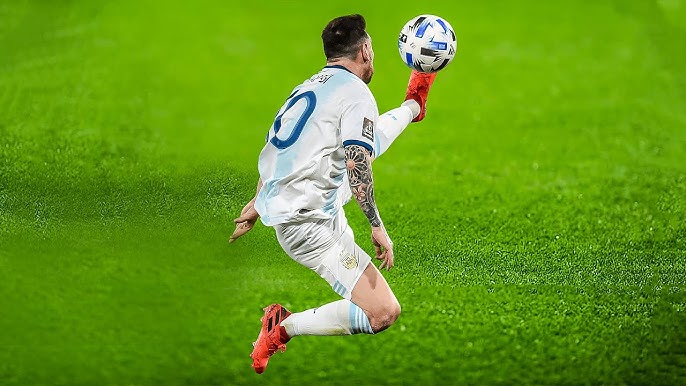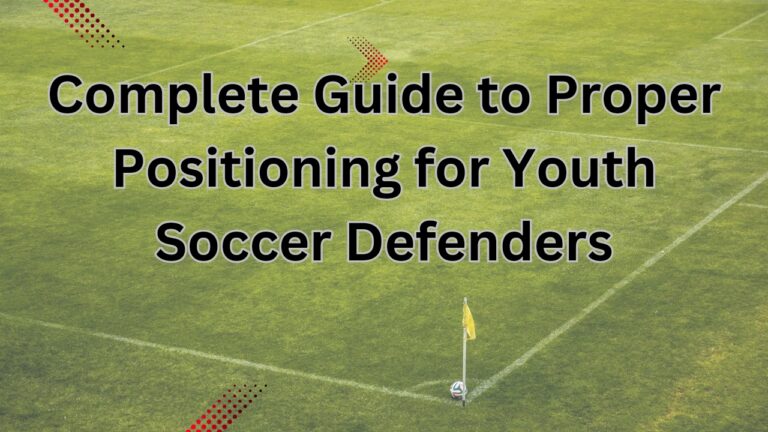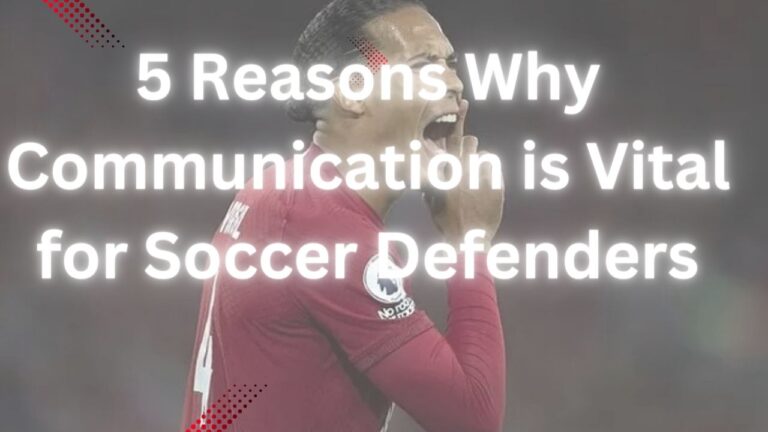Controlling the midfield is arguably the most important aspect of winning a football match. The team that dominates the midfield area often controls the tempo of the game and ends up victorious. But what exactly does it mean to “control the midfield,” and how can teams look to achieve this?
Why Controlling The Midfield Is So Vital
The midfield is the connecting zone between defense and attack. It is here where games can be won or lost. By controlling the midfield, teams can dictate the flow of the game and implement their game plan more effectively. Here are some of the key reasons why midfield control is so vital:
– It allows you to control possession of the ball. Keeping the ball through short passes frustrates opponents.
– You can control the tempo and rhythm of the game. Whether to speed things up or slow things down.
– It gives you a platform to build attacks and apply pressure higher up the pitch.
– Defensively, you can close down space and prevent counterattacks.
– The midfield often acts as the supply line to feed balls to your attackers.
– Dominating the midfield battle often results in getting more shots on goal.
The great teams throughout history have almost always had world-class midfielders that gave them control and dominance. From Xavi and Iniesta’s Spain to Pirlo and Vidal’s Juventus, controlling midfield allows you to control the game.
Pick The Right Formation And Positions
Picking the right formation and personnel is crucial to control the midfield. Different formations allow for different midfield setups and roles. Here are some of the most common ones:
4-4-2
This classic formation relies on 2 central midfielders in tandem. This could be:
– 2 box-to-box midfielders who can defend and attack
– 1 defensive midfielder and 1 attacking midfielder
– 2 holding midfielders who sit in front of the defense
Width comes from the 2 wingers on each side. The 2 central mids must strike the right balance.
4-3-3
This shape has 3 central midfielders – usually consisting of:
– 1 holding midfielder who anchors the shape
– 2 center mids with 1 being more defensive and the other attacking
The holding midfielder is key to stopping counterattacks. The other 2 offer passing triangles.
4-5-1
This is a highly flexible shape, with 5 midfielders supporting a lone striker. Allows for:
– 2 defensive/holding mids to outnumber the opposition
– 2 creative advanced playmakers upfront
– 1 box-to-box shuttler in between
Provides defensive strength and attacking flair.
The key is choosing midfielders that complement each other’s attributes and roles within the formation.
Win The Possession Battle
To control the critical midfield area, you must aim to win the possession battle. Here are some key ways to achieve this:
Pressing: Closing down opponents quickly when they have the ball prevents them from building attacks. Applying coordinated pressure forces more turnovers.
Interceptions: Reading the play and cutting out passes helps win possession. Smart positioning and concentration are needed.
Tracking Runs: Marking and sticking tight to dangerous midfielders denies them time and space on the ball.
Short Passing: Quick, incisive short passes keep possession ticking over and slowly probes the defense.
Ball Control: Midfielders must have excellent close control and dribbling to keep the ball under pressure.
Movement: Creating passing angles and options helps midfielders recycle possession. The constant movement of the ball is essential.
Transition Speed: Winning the ball back and rapidly turning defense into attack before the opposition can get organized.
Mastering these possession-based skills and strategies allows your midfielders to control the critical space and suffocate opponents.
Dictate The Tempo And Flow
The team that controls the midfield can manage the tempo and flow of the entire match. Here are some ways midfielders can dictate the rhythm of a game:
Transitions: Switching quickly from defending to attacking allows you to catch opponents off guard. Rapid counterattacks when winning the ball back.
Slowing The Pace: When ahead, slowing the game down frustrates opponents. More sideways/backward passing drains the clock.
Increasing The Tempo: Changing the speed and upping the tempo when needed creates more scoring chances.
Switching Play: Changing the point of attack from one side to another exploits gaps and stretches the defense.
Long/Short Passes: Varying between long balls and short quick passes varies the tempo and keeps opponents guessing.
Game Management: Knowing when to slow things down or speed up based on game situations and management.
Dictating the flow and rhythm of the game allows your team to implement the desired game plan. Opponents struggle when forced to play at speeds they are not accustomed to.
Use The Midfielders Effectively
To truly control the midfield, managers must utilize their midfielders according to their unique attributes and play to their strengths:
Creativity: Use playmakers and number 10s wisely to unlock defenses with incisive passing, vision, and flair.
Work Rate: Maximize box-to-box midfielders by utilizing their stamina to cover plenty of ground.
Tackling: Task defensive midfielders who excel at tackling, and intercepting neutralizing threats.
Link-Up Play: Combine technical midfielders with one-touch passing and movement.
Late Runs: Have attacking mids time late runs to exploit space in the box and get shots.
Overlaps: Use overlapping fullback runs to create 2v1 overloads out wide.
Set Pieces: Capitalize on aerial threats and deadball delivery.
Making the most of midfielders’ diverse attributes adds variety to attacks. Specializing in roles also brings control through balance.
Maintain Team Shape
Controlling the midfield also relies on organization and maintaining the team’s shape even as play shifts back and forth. Here are some key factors:
Compact Lines: Keeping a compact shape with tight lines horizontally and vertically between defense, midfield, and attack.
Marking: Always be aware of marking runners from deep or tracking back when possession is lost.
Covering Teammates: Providing cover for fullbacks who have pushed up and filling in gaps that open up.
Balancing The Team: Ensuring a proper balance between attacking and defending. Not overcommitting.
Discipline: Maintaining concentration, focus, and positional discipline even when fatigued late in games.
Communicating: Constantly communicating to maintain organization and point out threats.
Recovering Shape: Quickly getting back into the proper team shape after transitional moments.
Maintaining team shape, organization and discipline is vital for midfield control, both in attack and defense. Concentration is key.
Conclusion
Controlling the critical midfield area goes a long way in determining the outcome of football matches. By dominating possession, dictating the tempo, exploiting mismatches, and maintaining shape, teams can take command of games.
The key factors include selecting the right midfield personnel and formation, mastering possession-based techniques, varying the speed of play, utilizing midfielders’ strengths, and organizing positioning.
Related Post: Master the Art of Playing Defensive Midfielder in Soccer





